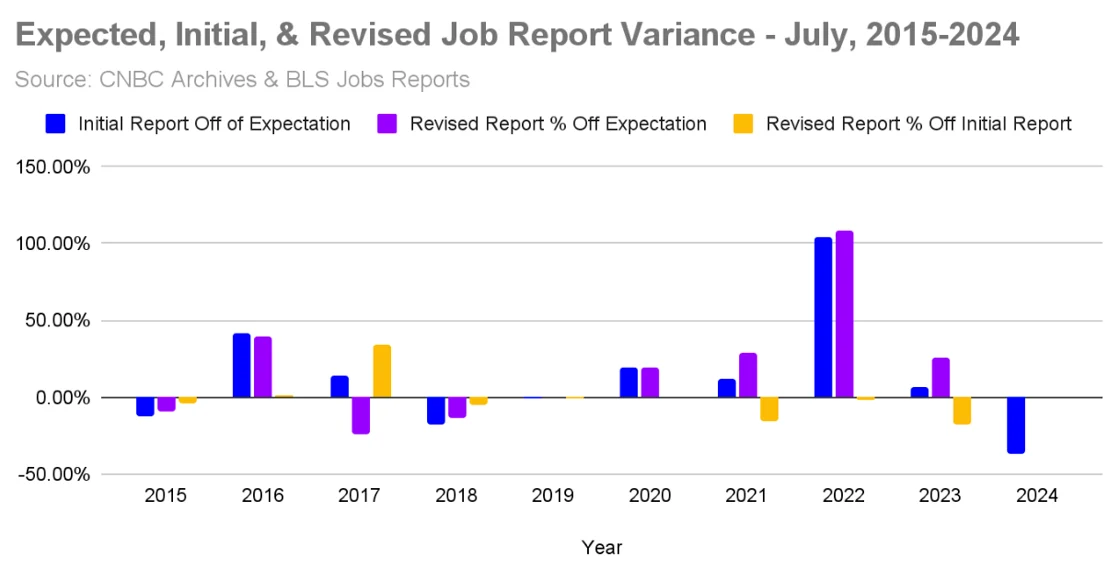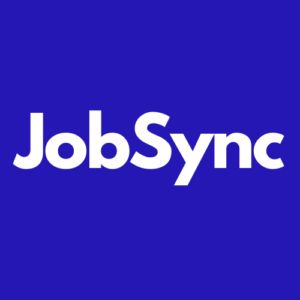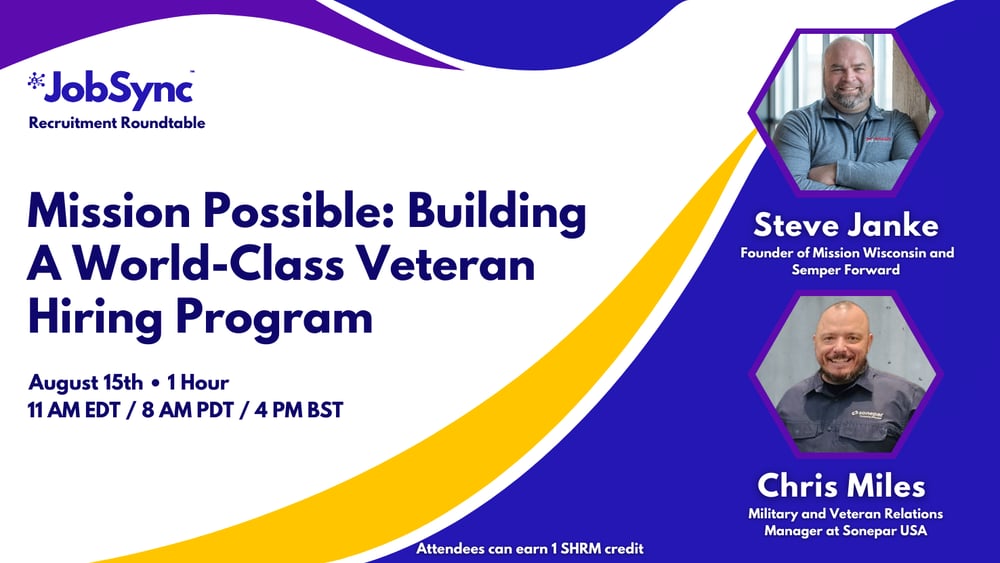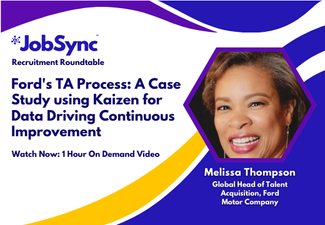Be the first to know when we have an announcement. Sign up for our newsletter!
I don’t know about you, but my popcorn is on the floor. What an active summer we have had!
A few things covered in this update:
🌠 The Jobs Report – has the sky fallen?
😨 Scarcity bias and the impact on hiring
🏛️ The potential fallout: Ruling on the discrimination suit against Workday
✅ Simple things to protect your business from follow-on lawsuits
Let’s get into it.
The jobs report hit two weeks ago, and as is typical in July, expectations were wrong. Revise that, as is typical every month, expectations were off. In the last decade, expectations were dead on once. On average, expectations are off 26.47% (in either direction) when compared to the initial report and 29.98% two months out. In the last nine years, expectations were more than 20% off the final jobs numbers in July.
Combined with the JOLTS report noting that the market has nearly 1 million fewer open jobs at the end of June than in January (even then, we still have more jobs than people in the US market) and that despite the continued headlines on layoffs, companies are trending towards hold and wait rather than cut and cut deep. But none of that matters, it’s newsworthy and in an election cycle year – queue doom and gloom news.
Here are the brass tacks:
- We added (allegedly) 114K new jobs (that means that 114K more people are working than in June).
- Unemployment went up to 4.3% (from 4.1% in June), which translates to 7.1 million people currently looking and available to work, who are not.
- The employed workforce is up nearly 250K people from a year ago.
- Both the total employable workforce and the labor participation rates have increased since last year.
- We still have more jobs than we have employable people.
And we are running out of runway. The US has nearly maxed out the employable market. While the number of jobs and the number of people currently unemployed are getting closer, we are still running jobs hot – more open positions than people to do the work – willingness aside.
National job opening vs number of unemployed workers chart
Is it the skills gap?
The skills gap is an interesting phenomenon. At its core, the concept is that the people available for work lack the skills we need to do the jobs. Experts point to the need to find more AI expats, prompt engineers, and advanced computer skills to fill this gap. Other experts highlight soft skills like communication, writing, and customer service. This has led to an explosion of solutions in the market to help better match the people available to the skills needed to do the jobs or provide training to upskill.
Looking at the current open jobs, these solutions seem to be built under two assumptions that may be faulty at best:
- The available workers to do the jobs are people without such skills.
- The available skilled jobs are “better” than the ones those people have (or don’t have, but want).
But is that true?
A quick glance at the data suggests that the sectors where hiring continues to be hot are healthcare, construction, warehousing, hospitality – or otherwise low-skill/no-skill jobs – all undesked workers. Is this really a skills gap, or are we facing an overeducation gap and an immigration bias?
Immigrant workers are simultaneously likely to be far less educated, with 25% without a high school diploma compared to 8% of US citizens, and as educated as Americans, with 35% of immigrants having a bachelor’s degree or more to the US standard of 36%. As the US tightened its immigration laws, raising the bar on the educational and skills of sponsored workers, it unintentionally prevented many workers from entering the country to help fill the jobs gap – not the skills gap.
Behind this phenomenon is an old-school bias. In this case, it is “white-collar bias” that is pervasive in our analysts, technology providers, pundits, and corporate leaders. We see it manifest in many ways – from false beliefs in how our employees find out about our businesses and jobs to how and what we invest in. From the expectation that all candidates have an email address to the requirement that candidates have college educations for jobs that in no way require one. And in the above, the misbelief that the workforce should only expand for those workers who have highly specialized skills.
The combination of an educated, experienced workforce that is just now starting to retire at a more rapid rate, more graduating students with one, two, or more degrees, the pressure for continuing education, and selection bias towards educated foreign workers has created an overabundance of white-collar workers. The market has cooled for white-collar or desked workers in the last few months, but in reality, this has been trending for nearly 18 months as the interest rate creeps up and companies pull back spending – especially on their most expensive asset: workers.
In the wake of these various tides – more workers leaving than joining the workforce, more workers with mismatched skill sets, and more open jobs than people to fill them, an increasing number of skill matching solutions have appeared in the market, and while we will need tools like this as the US, Canada, Australia, and Western and Central European countries turn the corner on the number of employable people starts the long and increasingly rapid decline, today the number of tools don’t match the actual needs of companies struggling to hire.
The US market, in particular, has an overabundance of low-skill/no-skill hourly jobs—food service, hospitality, retail, warehouse, and driver jobs—and, at the same time, an increasing number of workers whose education and salary expectations are mismatched with the available inventory of jobs in the market.
This jobs-to-worker availability mismatch increases rapid hiring selection, often with the wrong choice, as scarcity bias creeps into the hiring choice, not towards the right hire, but instead the ‘right now’ hire.
On the other side of the equation, Kevin Grossman and the ERE team found that the unemployment rate surprisingly doesn’t correlate directly to candidate frustration. Yet candidate resentment is at its highest since the Talent Board started measuring it more than 10 years ago.
Which offers us a great segway into the ongoing Workday AI saga. In early July, a judge ruled that the impending lawsuit against Workday can go forward. What’s particularly interesting about this is the EEOC weighed in saying the technology can plausibly contribute to software influencing hiring decisions in a biased manner.
Stepping back, why do candidates believe this?
It could be due to the fact that companies are required to ask demographic questions as part of their hiring process. Does the average candidate really understand what the Voluntary Disclosures and Demographic Survey questions are there to do? Do they understand how the data is collected, stored, and kept private so that the hiring team doesn’t have access to the answers? Is it clear that the use of those answers in the hiring process can jeopardize those companies’ access to government contracts? Most importantly, do candidates understand that the Equal Employment Opportunity Commission (EEOC) requires the company to collect this information?
Could the EEOC have unintentionally contributed to this lawsuit by requiring companies, especially government contractors, to ask gender, race, and disability questions as part of the internet applicant journey?
Any company of size should be watching this process with keen interest in the outcome. Regardless, protecting your business now should be top of mind – so what should you do to make sure you are as compliant as possible?
- Make sure every candidate is asked all the same questions, in the same order, and with the same answer values/choices.
- Ensure there is a clear break between qualifying questions and demographic questions—this is best done with a page break or clear delineating language.
- Make sure you try all apply paths available to your candidates – and make sure you are testing as early in the market as possible. That means interacting with your job content on job boards, as a sourced candidate, referred candidate, via kiosk and even via text message or chat bot.
- Don’t intermix your EEO and OFCCP questions.
- Clearly identify on your career site and on your application, if possible, where your team utilizes AI in your hiring process.
2,000 Days in Business
In July, JobSync celebrated its 2,000th day in business, beating the odds of most small businesses in the US. They often say it’s the journey, not the destination, that is important, but as I look back on helping companies identify tens of millions of applicants leading to millions of hires, I can’t help but reflect on the lives that a small technology company can impact.
For so many people, a job is more than a job. It’s the means to live. It is how they feed their family, heat their home, and afford to raise their children. Jobs aren’t a luxury for most of society – they are foundational to allow people their livelihoods.
On JobSync’s own journey, these simple ideas have given rise from an interesting integration connector of complicated hiring systems to a full-scale hiring operations, automation, and efficiency platform:
- Meet people where they are
- Make getting a job less of a job
- Making hiring people simpler
Every day, JobSync makes it easier for people to raise their hand in order to get a job and change their life. Every day, thousands of recruiters don’t have to open another spreadsheet, log into another system, take another training, or get another email to use the newest tool in their toolbelt.
A client said last week, “You’ve solved our talent attraction problem and provided an infrastructure I can trust.”
There is no better compliment.
Looking back at what we have done in just 2,000 days, I couldn’t be more excited about what lies ahead in the next 2,000 and I’m thrilled for you to be part of our journey.
Alex Murphy, CEO, JobSync
Industry Insights
On a lighter note, if you are wondering how the review with your AI employee might go, this TikTok user gave it a shot.
JobSync Resources
On a lighter note, if you are wondering how the review with your AI employee might go, this TikTok user gave it a shot.













